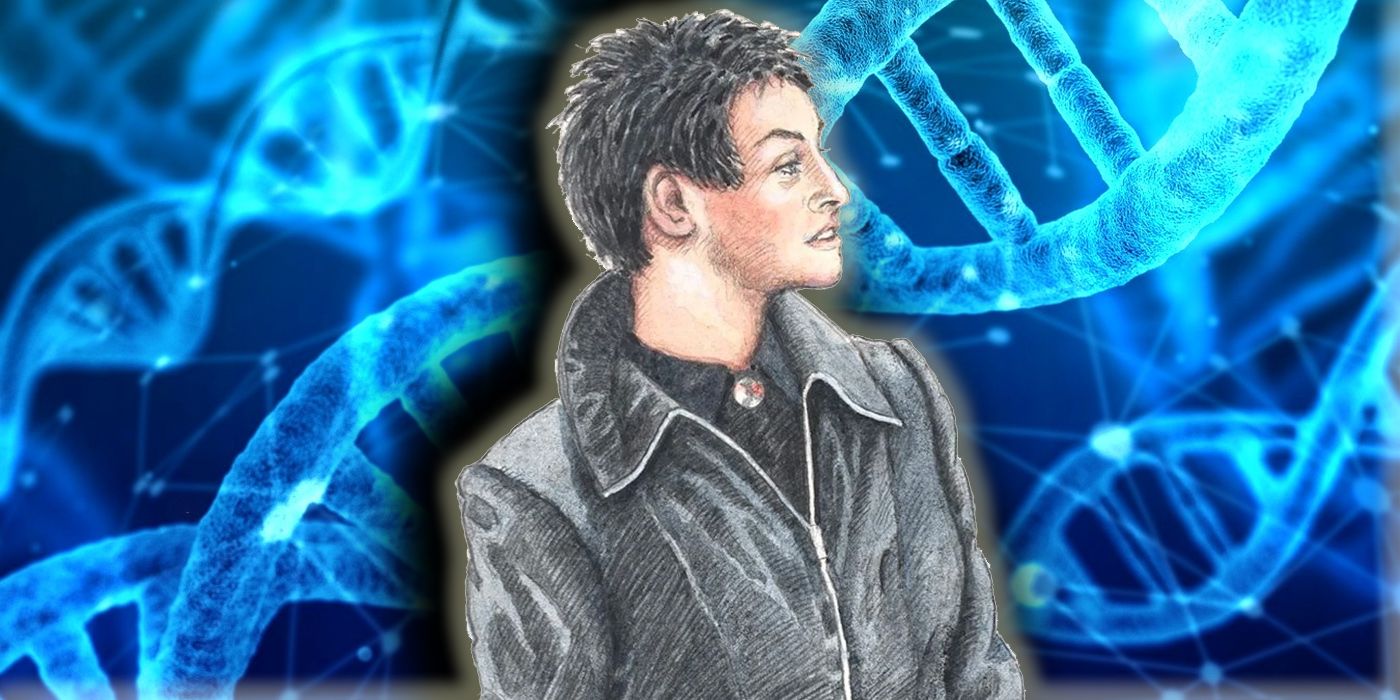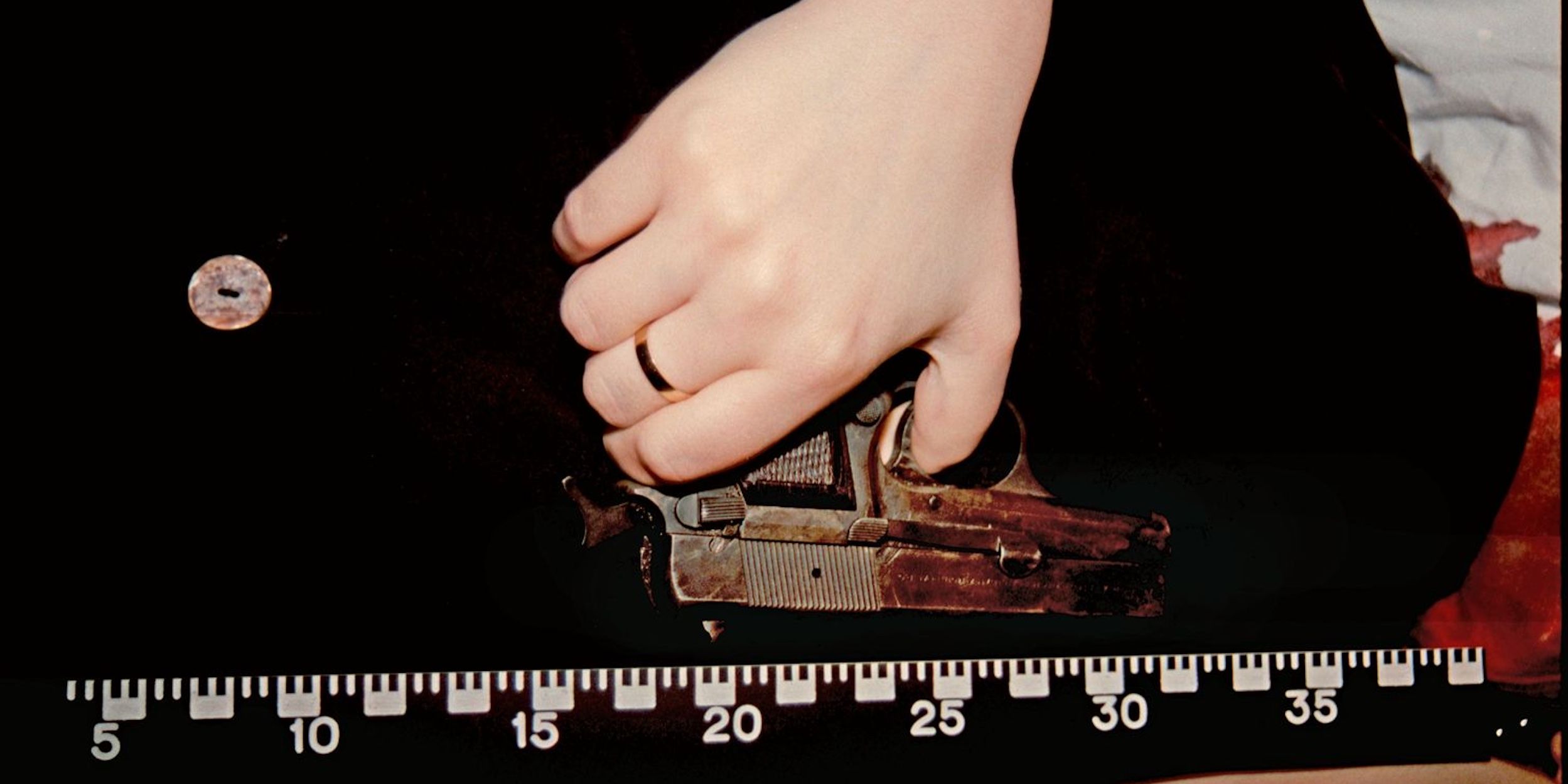The Unsolved Mysteries case of the unidentified Oslo Plaza Woman seems like it would be easily solved by DNA testing; however, there are reasons not discussed in the episode why investigators are unable to use available resources to do so. Directed by Robert W. Mise, "A Death in Oslo" is arguably the most baffling episode of Volume 2, and features various commentaries from journalist Lars Christian Wegner, who has been investigating the story for a quarter-decade. The episode includes footage of the body being exhumed for the sake of collecting DNA, but mainly focuses on using it to more accurately estimate the woman's age — why weren't more tests run?
"A Death in Oslo" examines the alleged suicide of a woman known only as "Jennifer Fairgate." In 1995, the Unsolved Mysteries subject registered at the luxurious Oslo Plaza Hotel in Norway and managed to secure a room for three days without providing a credit card. Her body was later discovered in room 2805 with a bullet in her forehead. Investigators quickly ruled the woman's death as a suicide, and the case evidence was destroyed one year later when the deceased still hadn't been identified. Unsolved Mysteries heavily implies that the Oslo Plaza Woman was murdered.
According to Meurer (via Bustle), the mysterious Oslo Plaza woman couldn't be identified by DNA evidence because "apparently in Norway that’s not allowed." The Unsolved Mysteries showrunner doesn't say much more than that, aside from the fact that the aforementioned Wegner is at the mercy of law enforcement. Likely, she's referring to any attempt to use the deceased's DNA to try and find a genetic match as being not permitted in Norway. "A Death in Oslo" highlights the journalist's extensive efforts to solve the case, including a November 2016 exhumation at Vestre Gravlund in Oslo. "We found everything we needed," Wegner says in Unsolved Mysteries, "and it resulted in a full DNA profile." He reveals that the DNA was submitted for an analysis — which led to the revelation that the Oslo Plaza Woman was of European heritage and was approximately between 23 and 25 years of age when she died — but that the woman's DNA was otherwise not in the system.
Based on Wegner's statements in Unsolved Mysteries, viewers have naturally speculated about future DNA testing that could help find relatives of the Oslo Plaza Woman. For example, the late Michelle McNamara spearheaded the effort to capture the Golden State Killer — as detailed in her posthumous book I'll Be Gone in the Dark and the subsequent HBO docuseries of the same name — which ultimately led to Joseph James DeAngelo being identified through GEDmatch; a database of DNA files. Theoretically, Wegner could take similar measures to identify the Oslo Plaza Woman if he had access to DNA evidence. As Meurer notes, though, the Oslo Police would have to cooperate, and that would have to be legal in Norway, the country where the murder occurred.
Unsolved Mysteries has been an incredibly popular Netflix series, and the streaming service would probably have success with a behind-the-scenes docuseries about featured investigators and/or journalists. Wegner's experience with the Oslo Plaza Woman case is only partially detailed in "A Death in Oslo," and suggests that he has much more to say about the initial 1995 investigation. The Oslo Police could help break the case open, but it also makes sense for them to protect their original investigation, most notably the official suicide theory.


